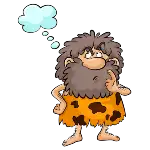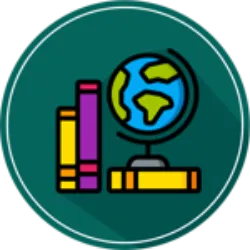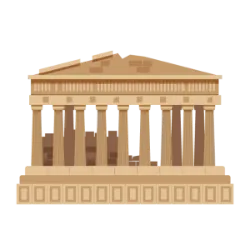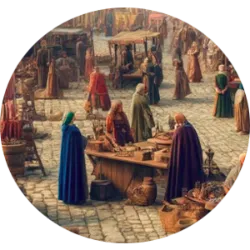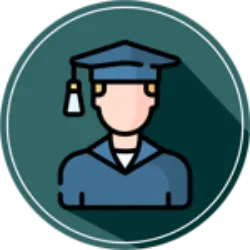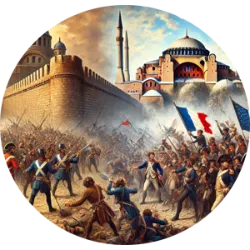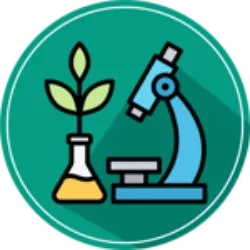Archeology plays an important role in understanding the
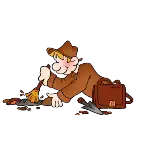
Archeology plays an important role in understanding the past by studying material remains left by ancient human communities. These traces, which range from small bones to pottery fragments, are discovered through archaeological excavations and often displayed in museums. In addition, historians divide time into periods, called historical periodization, to mark different phases in the evolution of humanity, such as the transition from Prehistory to History, which was marked by the invention of writing.
The Role of Historical Sources

There are several ways to unravel the mysteries of the past. Historians, who are specialists who study and document the past, use a wide variety of traces left by ancient human societies, such as texts, photographs, paintings, buildings, sculptures, objects, clothing, oral reports, films, music and even fragments. of bones. They examine these sources to investigate information, formulate hypotheses and draw conclusions about events and aspects of the past.
The set of traces left by ancient human societies, together with texts written by historians, encyclopedias and reconstructions of historical environments, is called historical sources. These sources are vital to understanding and interpreting past events.
Test yourself with one of these challenges 👇
Discover some interesting facts about Prehistory
The evolution of the human species began in East Africa approximately 4

The evolution of the human species began in East Africa approximately 4.2 million years ago with Australopithecus anamensis. This process, known as hominization, spanned millennia and led to the emergence of Homo sapiens, Modern Man. During this journey, there were advancements in toolmaking, firebending, and skill acquisition. Homo habilis began creating simple stone tools, evolving into hand axes under Homo erectus. Homo sapiens sapiens refined tool-making, using materials such as ivory, bone, and wood to create advanced tools. These tools played crucial roles in hunting, treating fur, and making clothing, as well as being useful for fishing and hunting large game.
Homo erectus, by observing fire in nature, learned to produce it
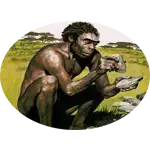
Homo erectus, by observing fire in nature, learned to produce it, either by rubbing wood or hitting stones. This represented a mastery of nature, allowing early communities to keep warm, develop language, cook food, and more. These physical and linguistic changes facilitated cooperation and planning in groups. This period, which goes from the first hominids to the discovery of writing, is called Prehistory, a time documented by material remains, such as tools, bones and artifacts, due to the lack of written documents.
Early humans depended on nature to survive, hunting

Early humans depended on nature to survive, hunting, fishing and gathering food such as roots, seeds, fruits and eggs. This characterized a collecting lifestyle. When resources were scarce in an area, communities moved in search of food, practicing nomadism. This period, in which chipped stone tools were manufactured and gathering and nomadism prevailed, is called the Paleolithic by archaeologists.
In the Paleolithic
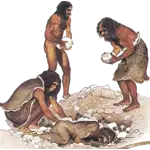
In the Paleolithic, our ancestors practiced magical rituals to influence natural events such as death and storms, due to their dependence on natural conditions to survive. They valued the afterlife and performed funerary rituals, burying the dead in caves or graves in the fetal position, surrounded by stones and accompanied by personal objects, weapons and food. Paleolithic art, represented by paintings of wounded animals in caves, had a magical meaning to facilitate hunting. In addition, exaggerated female figurines called Venus highlighted the importance of motherhood and fertility.
Paleolithic art can be divided into two distinct types: Rock Art
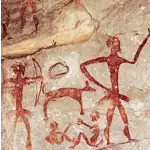
Paleolithic art can be divided into two distinct types: Rock Art, which was performed on the surface of rocks, in outdoor locations or on the walls and ceilings of caves. It usually depicted hunting scenes, animals, and occasionally human hands and figures. Some of the main centers of rock art are in the Franco-Cantabrian region, such as Lascaux and Altamira, in addition to the Spanish Levante and the Côa Valley, in Portugal. On the other hand, Mobile Art included small sculptures, such as the famous female figures Venus, as well as objects of adornment, such as bracelets, rings, and bas-reliefs made in stone, bone or ivory, which were easily transportable.
Test yourself with one of these challenges 👇
HOME
